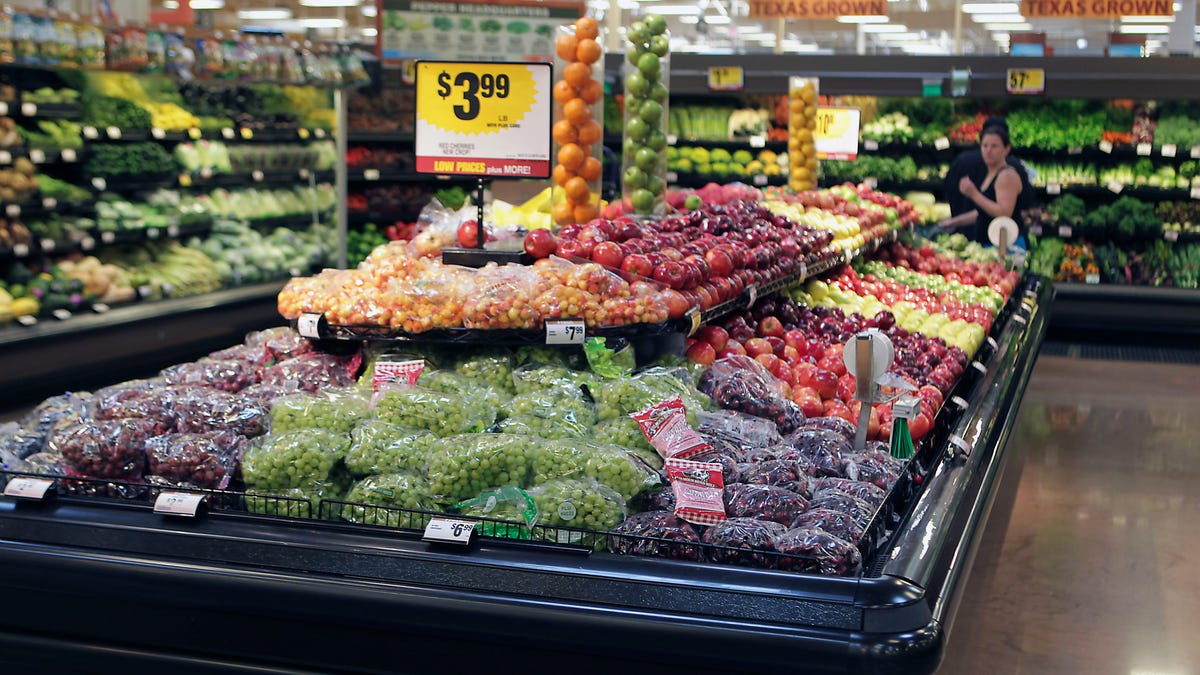The Impact of Grocery Price Changes
In April, grocery prices in the United States experienced a modest decline of 0.2%, as reported by the Labor Department’s consumer price index (CPI). This index serves as a crucial tool in measuring inflation and tracking price fluctuations over time.
Following several months of stagnation, the data revealed a decrease in food prices at home during April. This adjustment comes after a period of significant price hikes that stemmed from the repercussions of the Covid-19 pandemic, disruptions in the supply chain, and the aftermath of Russia’s invasion of Ukraine. Despite this recent decline, grocery prices have still increased by 1.1% over the past year.
During the same one-year period, specific items experienced notable price drops. For example, the cost of eggs decreased by a substantial 9%, while ham and cheese saw reductions of 3.4% and 3.3% respectively. The price of apples underwent a significant decline of 12.7%, along with citrus fruits like oranges and tangerines, which fell by 2.8%.
Restaurant Price Trends
Conversely, food prices at restaurants witnessed a 0.3% increase in April. Over the course of a year, prices for dining out escalated by 4.1%, surpassing the Federal Reserve’s annual inflation rate of 3.4%. This uptick in prices could be attributed to the sector’s susceptibility to shifting consumer preferences amidst concerns about inflation.
Consumers are increasingly discerning in their spending habits, choosing to be more selective about where and what they dine on. This trend has compelled the food service industry to adapt to evolving consumer behaviors and strive for competitive pricing strategies.
Image/Photo credit: source url





